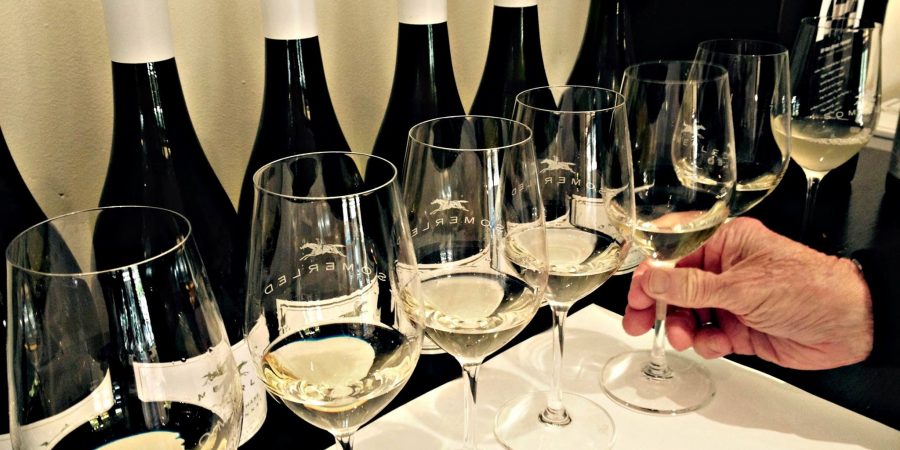Did you see that we’ll be opening some back vintage (we like to call them “Museum”) wines over Easter?!
Here’s what we have in store for you…
Good Friday: Fume Blanc
Easter Saturday: Chardonnay
Easter Sunday: Pinot Noir
Easter Monday: Shiraz
We’ll have (at least) three vintages open each day for you to try by the glass and half glass.
If you’d like to pop along, probably best to make a booking here!
This got me thinking. Do you still have some Somerled back vintages in the “cellar” at home?
Two years ago, we chatted about when you should drink these wines.
Given we’re about to crack open some pretty old wines at the Cellar Bar, what better time to revisit this topic.
I checked in with Rob, and here is what he had to say…
Important note:
Before we get stuck into though, Rob had something important to add from last time…
“Just because a wine has a nominal “peaking time” doesn’t mean it will deteriorate once that time has passed. Moreso that the rate of improvement will be very slow (or negligible).
“And with screw cap, bottles are a lot more secure and consistent in terms of their ageing.
“So, tasting old wines that have past their nominal peak is still of great interest, and they will still be drinking really well”.
To drink or not to drink!
Let’s start with wines that don’t really seem to benefit from cellaring. Or if they do, it’s just marginal…
There are just three Somerled wines in this category. Our Sauvignon Blanc, Rosé and Light Dry Red (LDR).
All of these wines are made for early consumption. A bit along the lines of… drink it all before the next vintage comes around!
Sauvignon Blanc
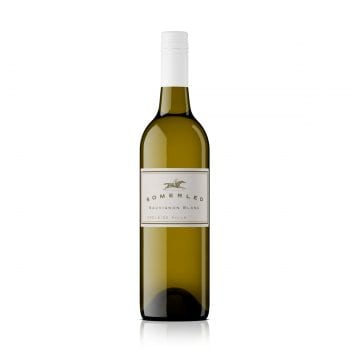
| 2021 (current vintage) | Older vintages | Notes | |
| Sauvignon Blanc | Drink now | Potentially past peak | Not made for cellaring |
Having said that, Rob and Heather drank a 2013 Sauvignon Blanc quite happily some time ago. But they agreed they would have enjoyed it more 6 or 7 years before!
Rosé
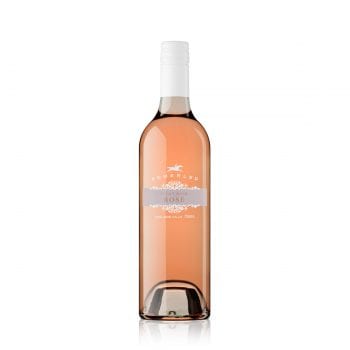
| 2021 (current vintage) | Older vintages | Notes | |
| Rosé | Drink now | Potentially past peak | Not made for cellaring |
Although… the 2020 Somerled Rosé is still drinking beautifully according to Rob. Even though he would hesitate to say that it has improved over those years.
Light Dry Red (LDR)

| 2021 (current vintage) | Older vintages | Notes | |
| Light Dry Red (LDR) | Drink now | Potentially past peak | Not made for cellaring |
This one has definitely been designed for early and enjoyable drinking.
Then there are the “keepers”. Although it is worth mentioning that Rob always intends to release wines when they have reached that “really good drinking” stage.
Chardonnay and Fumé Blanc
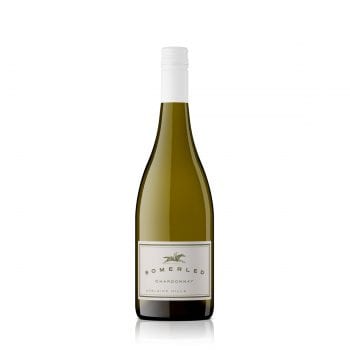
| 2021 (current vintage) | 2020 | 2018 | 2015 | Older vintages | Notes | |
| Chardonnay | Drink now or cellar until 2026 | Drink now or cellar until 2025 | Drink now | Drink now | Will not continue to improve with time | Maximum cellaring approx. 5 years |
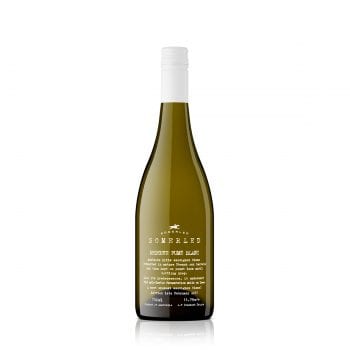
| 2021 (current vintage) | 2018 | 2016 | Older vintages | Notes | |
| Fumé Blanc | Drink now or cellar until 2026 | Drink now or cellar until 2023 | Drink now | Will not continue to improve with time | Maximum cellaring approx. 5 years |
The Chardonnay and Fumé Blanc are interesting examples.
They’re usually about two years old when released and have had plenty of time to settle down after bottling. At the time of release, they have freshness, but also early signs of bottle maturation. Here Rob is talking about a softening along with the development of complexity and flavour length. This process goes on with time and the end result is always worthwhile.
The 2010 Chardonnay made an appearance in a vertical tasting line-up about 6 years ago and was absolutely wonderful. That was at 5-6 years of age. The 2010 Fumé that was tasted the same day was almost as good.
Rob’s general thoughts back when we originally discussed this topic was that about 5 years in the cellar is a vague maximum for both of these wines. After that, the benefits probably are outweighed by the risks in waiting too long.
However, when I checked in with him this week, he admitted that his ideas about cellaring have changed over the last few years.
As you can imagine, Rob creates plenty of opportunities to “taste” his back vintages! And the more he does that the more he is surprised with just how well they are going.
The Chardonnay and Fume are good examples. They are not necessarily still getting better after 4-5 years, but they are still drinking beautifully after 7 or 8. And who knows how much longer?!
He remarked that he’d be “interested in tasting a 2009 Chardonnay now – haven’t seen one for years”!!
So, if you have one in your cellar I wouldn’t mention it to Rob!
Loving our blog? Sign up for weekly updates straight to your inbox…
[withwine type=’join-mailing-list’]
Pinot Noir
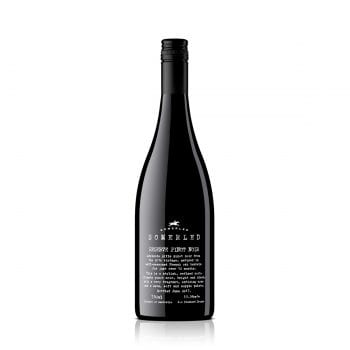
| 2021 | 2019 | 2018 | 2017 | 2016 | Older vintages | Notes | ||
| Pinot Noir | Drink now or cellar until 2026 | Drink now or cellar until 2024 | Drink now or cellar until 2023 | Drink now | Drink now | Will not continue to improve with time | Drink within 4-5 years |
Pinot Noir is an interesting one. Our Reserve Pinot Noir ages very nicely, but in a different way from our other reds.
The 2014 Pinot Noir has developed some really nice almost viscous characters on the palate. Although the flavours are quite similar to what they were when the wine was released ages ago.
Rob thinks drinking at 4-5 years is about right for Somerled Reserve Pinot. But again, he’s willing to admit that this idea may need reviewing (with some more tasting of course!)!
Cabernet Sauvignon
| 2017 | Older vintages | Notes | |
| Cabernet Sauvignon | Drink now or cellar until 2024-2025 | N/A | Will benefit from some cellaring |
The Somerled Cabernet Sauvignon from Clare is a more classic story regarding the magic of cellaring.
The 2017 is (so far) a “one-off”. (Although, I’d keep an eye out here for news of another if I were you!)
Like many Cabernet Sauvignons, this wine had a firm palate when released. The tannins were ripe and softish and definitely not green and bitter. Within a couple of months of release, the wine was already softening. That process is continuing still.
According to Rob the aromas and flavours are developing real complexity and the wine is becoming that much more interesting as a result. That development will continue for years.
He thinks we will see the wine getting to its peak at around 2024-2025.
Shiraz
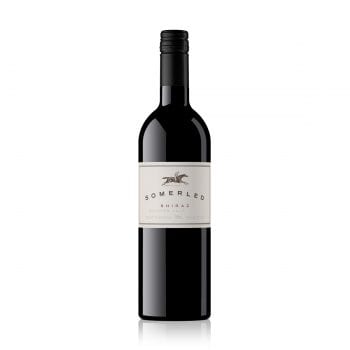
| 2017 (current vintage) | 2016 | 2015 | 2014 | 2013 | 2012 | Older vintages | Notes | |
| Shiraz | Drink now or cellar until 2025-2028 | Drink now or cellar until 2024-2027 | Drink now or cellar until 2023-2025 | Drink now or cellar until 2022-2025 | Drink soon | Drink now | Will not benefit from further cellaring | Will reach its peak with 8-10 years of cellaring |
It’s a similar story for the Somerled Shiraz.
When I originally posted this information back in 2020, Rob commented that he hadn’t drunk a 2014 Shiraz for quite a while but was delighted to see just how far this wine had come in 12 months. The effect of bottle ageing was terrific. He also noted that the 2015 was definitely heading in the same direction.
He thought that 8-10 years of ageing would show this wine to its best advantage.
Tempranillo
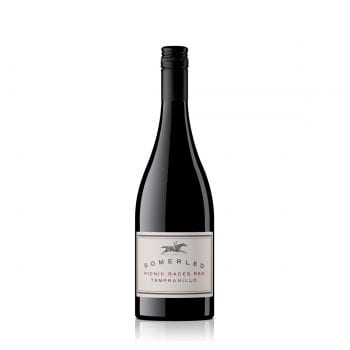
| 2019 | 2018 | 2015 | 2014 | 2012 | Older vintages | Notes | |
| Tempranillo | Drink now or cellar until 2025-2026 | Drink now or cellar until 2024-2025 | Drink now or cellar until 2023 | Drink now | Drink now or cellar until 2023 | N/A | Not straight forward – Different vintages have come from different locations |
Our Somerled Tempranillos are a little less straightforward. There have been gaps between vintages and two of the first three were from McLaren Vale, rather than Adelaide Hills.
Our first vintage (2012) and 2015 were both from McLaren Vale. They were well-structured, firm wines that needed quite a long time in barrel. They developed lovely complex aromas and flavours that are still improving in Rob’s opinion. He thinks they’ll both reach their peaks at around the same time (around now or over the next year).
The 2014 (which was from the Adelaide Hills) is already so rounded and soft that it’s hard to see it getting much better than this.
The latest ones are our 2018 and 2019, also from the Adelaide Hills. Rob thinks it will get to its peak in two to four years from now.
A huge advantage in predicting cellaring potential has been our use of screw caps rather than cork. For some reason this seems more apparent with white rather than red wines. And yes, I’ve asked and no, he doesn’t know why…!!
Sparkling Pinot Noir and Sparkling Shiraz
And this brings me to our Sparkling Pinot Noir and Sparkling Shiraz. Neither of these wines are closed with a cork, but with a crown seal. We’re seeing the benefit of this with wines that keep on improving for years. Particularly the Shiraz.
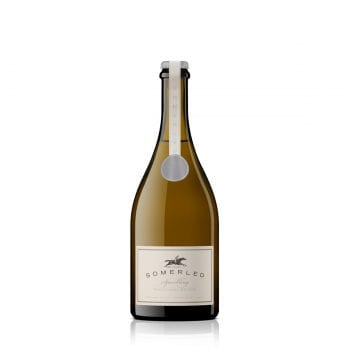
| 2017 (current vintage) | Older vintages | Notes | |
| Sparkling Pinot Noir | Drink now or cellar for 10 years+ | Drink now or cellar for 10 years+ | Will slowly improve with time |
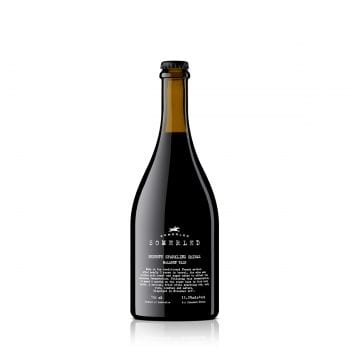
| 2018 (current vintage) | Older vintages | Notes | |
| Sparkling Shiraz | Drink now or cellar for 10 years+ | Drink now or cellar for 10 years+ | Will slowly improve with time |
Not in town for Easter?
If there is a variety and vintage you’re particularly interested in, let me know via email (club@blog.somerled.com.au).
We have limited numbers available for sale!
